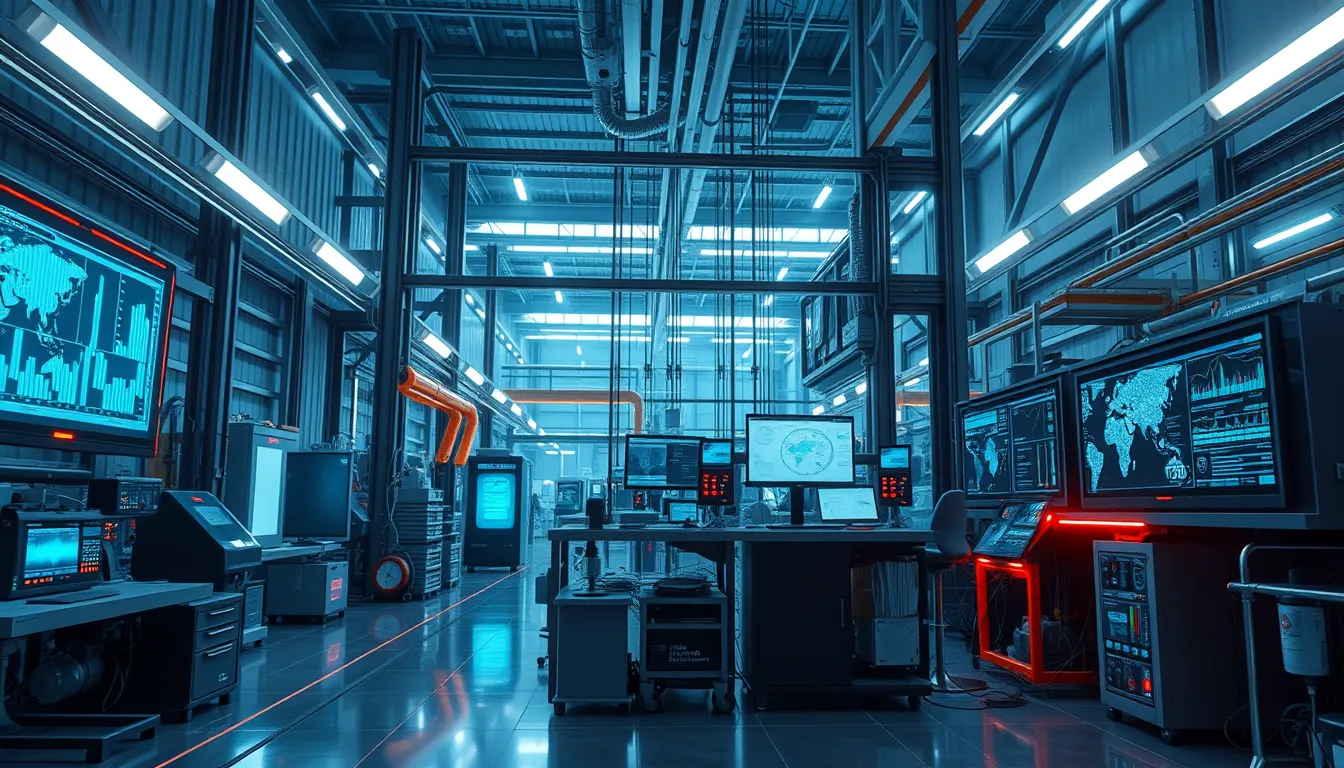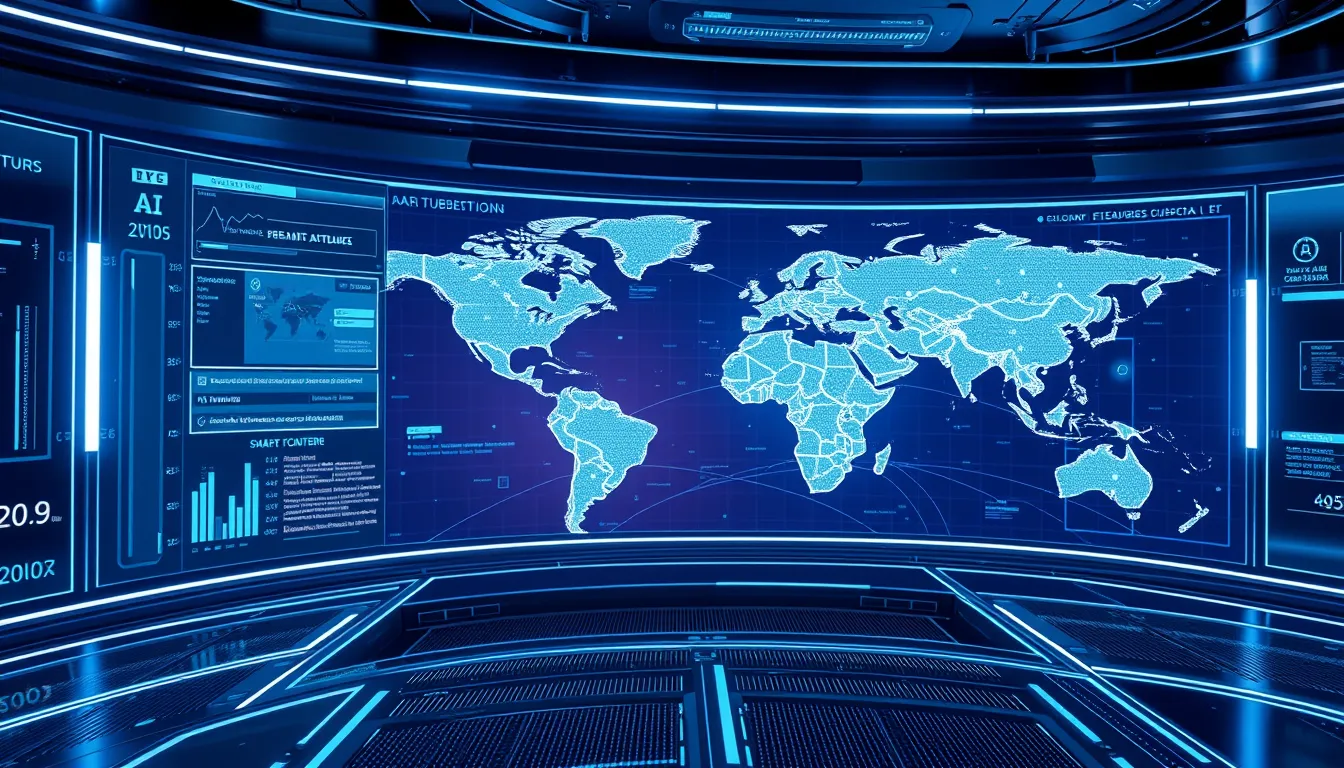Now Reading: Powerful AI in Healthcare Diagnostics: Boosting Patient Care
-
01
Powerful AI in Healthcare Diagnostics: Boosting Patient Care
Powerful AI in Healthcare Diagnostics: Boosting Patient Care

Powerful AI in Healthcare Diagnostics: Boosting Patient Care
Introduction
The rapid evolution of technology has ushered in a new era in medicine, and one of the most exciting developments is the use of artificial intelligence in healthcare diagnostics. By leveraging advanced algorithms, machine learning, and data analytics, AI in healthcare diagnostics is revolutionizing the way medical professionals detect, analyze, and treat diseases. In this comprehensive guide, we explore the role of AI in healthcare diagnostics, its benefits, challenges, and what the future holds.
Overview of AI in Healthcare Diagnostics
AI in healthcare diagnostics refers to the use of advanced computer algorithms to interpret medical data, improving diagnostic accuracy and streamlining patient care. This technological evolution has enabled faster data processing through smart imaging solutions and analytical tools. Healthcare providers benefit from enhanced decision-making, improved efficiency, and the ability to predict disease outcomes.
Key Features:
- Enhanced image analysis and interpretation
- Real-time data processing and analytics
- Improved predictive models for disease management
- Increased diagnostic accuracy through automated systems
How AI Improves Diagnostic Accuracy
AI in healthcare diagnostics is reshaping traditional medical practices by integrating sophisticated analytics to process complex data sets. For instance, machine learning models are trained on vast amounts of medical imaging data to identify anomalies that may be missed by the human eye. Such innovations result in early detection of diseases such as cancer, heart conditions, and neurological disorders.
Researchers have found that AI technologies help reduce diagnosis time significantly. Samples of radiology reports and image analyses are processed with precision, resulting in improved patient outcomes. By incorporating AI in healthcare diagnostics, medical practitioners can enhance diagnostic precision and offer more tailored treatment plans.
Practical Applications and Benefits
AI in healthcare diagnostics finds its application in various areas:
- Medical Imaging: Advanced tools analyze X-rays, CT scans, and MRIs, providing detailed insights into patients’ conditions.
- Predictive Analytics: With historical health data, AI models predict potential outbreaks and individual health risks.
- Personalized Medication: AI-driven algorithms enable customized treatment plans based on patient history and genetic profiles.
These applications help reduce human error and speed up treatment processes. As a result, patients experience earlier interventions, leading to statistically improved recoveries. This is just a snapshot of how powerful AI in healthcare diagnostics is altering the medical landscape.
Challenges and Considerations
- Data Privacy: Handling sensitive medical information requires stringent security measures.
- Integration: Merging AI systems with existing healthcare infrastructures can be complex.
- Regulatory Concerns: Compliance with medical regulations and ethical standards is essential.
Healthcare institutions are actively addressing these issues, investing in robust security protocols and collaborating with regulatory bodies to ensure that AI in healthcare diagnostics meets all necessary standards. This proactive approach will help maximize the benefits while mitigating risks.
Real-World Success Stories
Several hospitals and research centers have already started integrating AI into their diagnostic processes. For example, renowned institutions have reported improved accuracy rates and faster diagnostic times, which have directly contributed to enhanced patient care. These success stories underline the transformative potential of AI in healthcare diagnostics and encourage further adoption across the medical field.
Future Prospects
The journey of AI in healthcare diagnostics is just beginning. Future advancements are expected to integrate even more refined machine learning models that could predict diseases before symptoms appear. As research continues and technology evolves, we can look forward to a new era where AI not only diagnoses but also prescribes preventive measures, further cementing its role in modern medicine.
Conclusion
In conclusion, the impact of AI in healthcare diagnostics extends beyond improved imaging and faster diagnoses. It represents a paradigm shift in healthcare, offering a blend of efficiency, accuracy, and personalized patient care. As technology and medicine converge, AI in healthcare diagnostics will continue to push the boundaries, ensuring that patients receive the best possible care. Whether it’s through enhanced data processing, predictive modeling, or personalized treatment plans, artificial intelligence is proving to be an indispensable tool in modern healthcare.
By understanding and embracing these innovations, medical professionals can harness the full potential of AI in healthcare diagnostics, paving the way for a healthier and more efficient future.
For further reading, you can visit the official websites of industry leaders such as the American Medical Association or the Radiological Society of North America, to gain deeper insights into current trends and future prospects.

























